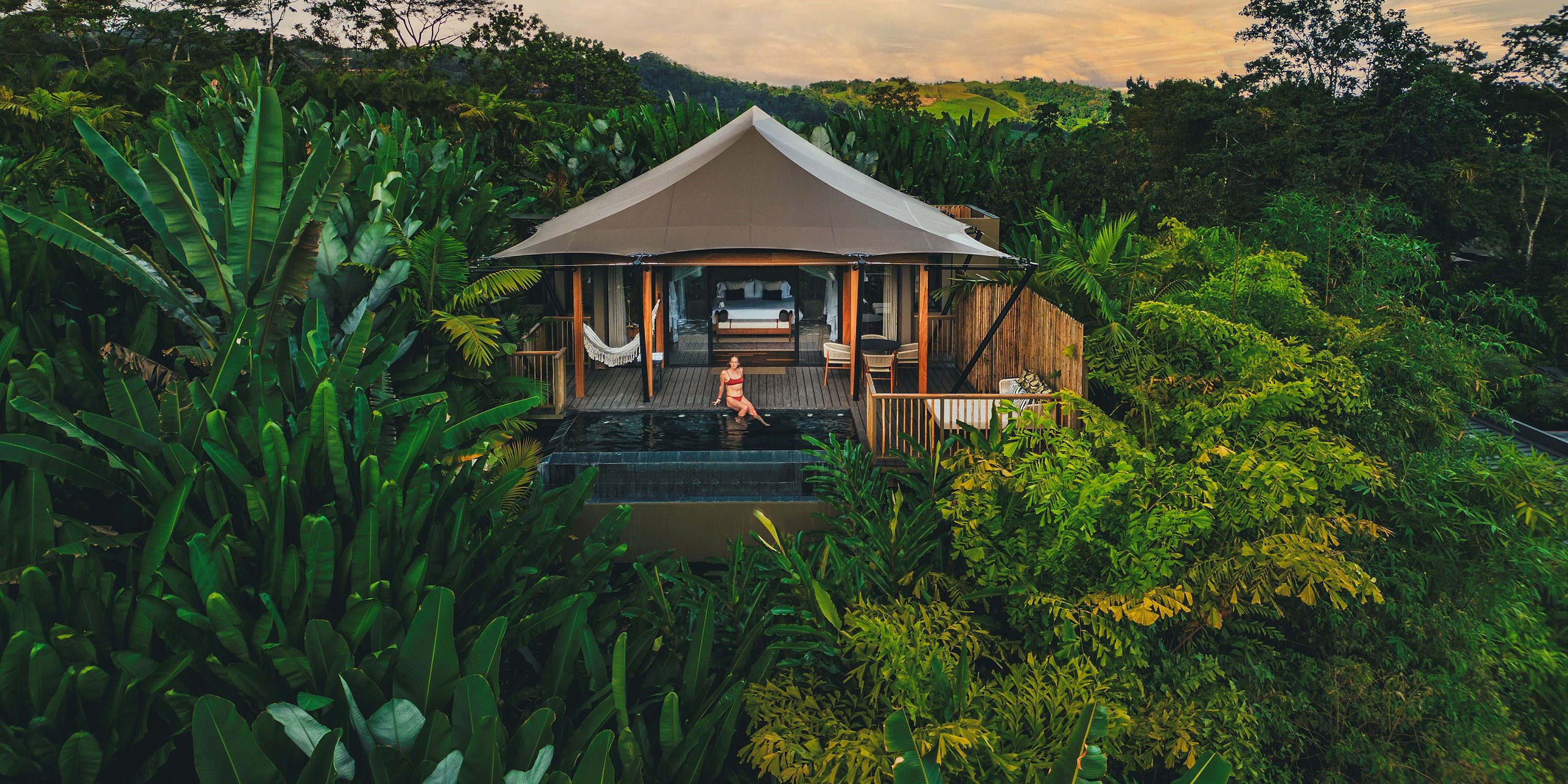.jpg?width=1600&name=Exploring%20the%20Holidays%20of%20Our%20Indigenous%20Neighbors%20(5).jpg)
Exploring the Holidays of Our Indigenous Neighbors
As the end of the year draws near, many cultures across the globe are preparing for festivities and holidays.
In the spirit of celebration and togetherness, we wanted to highlight the unique holiday traditions observed by our Indigenous neighbors in Atacama, Hangaroa, Arenal, and Bocas del Toro. Though not as widely known as Christmas or New Year, these rich customs are a vital link for Indigenous communities to their heritage, keeping them rooted in history despite generations of struggle.
The Atacameño | The Enfloramiento and Other Traditions!
.jpg?width=874&height=492&name=Exploring%20the%20Holidays%20of%20Our%20Indigenous%20Neighbors%20(2).jpg)
Among the Atacameño people of the Atacama Desert, the tradition of enfloramiento marks a celebration of life, renewal, and reverence for the land. Taking place each spring, enfloramiento is a time when community members gather as a gesture of gratitude for nature’s bounty.
During the enfloramiento, a small pom-pom made of colorful wool is attached to the ear of livestock, often a llama, after a gentle ear piercing. The few drops of blood that fall to the earth as the animal is led around during the celebration, symbolize an offering to Pachamama, or Mother Earth.
The color of each pom-pom also serves to distinguish the animals of different families, so they can be returned home after the end of the celebration.
The Rapa Nui | The Tapati Rapa Nui
.jpg?width=874&height=491&name=Exploring%20the%20Holidays%20of%20Our%20Indigenous%20Neighbors%20(4).jpg)
Every February, the Rapa Nui come together for the Tapati Rapa Nui festival, a celebration of their ancestral heritage, physical prowess, and artistry. Reintroduced in the 1970s as a revival of ancient tradition, this two-week event transforms the island into a stage for traditional sports, dance, and storytelling, showcasing the customs that have shaped Rapa Nui culture for centuries.
During the festival, two local candidates compete in a series of intense physical and cultural challenges, each vying to be crowned the Queen or King of Tapati. Competitions include traditional events like haka pei, where competitors ride banana trunks down steep slopes at high speeds, and vaka ama, an outrigger canoe race, and many other feats of strength, coordination, and bravery.
The festival also celebrates Rapa Nui's artistry and storytelling through traditional body painting, intricate costumes made from feathers, shells, and natural fibers, and dance performances.
Tapati Rapa Nui is not just a festival; it is a profound expression of pride, resilience, and identity for the people of Easter Island and a chance for visitors to witness the living legacy of one of the world’s most resilient cultures.
The Ngäbe-Buglé | The Krun (also known as Balsería)
The Ngäbe-Buglé people (sometimes referred to simply as Ngäbe or Ngöbe) are the most populous group of Indigenous peoples in Panama, though there are numerous others, including the Naso that live in the area surrounding Bocas del Toro as well.
The krun, referred to as balsería is one of the most important traditional celebrations among the Ngäbe-Buglé people. This ancient event, held in several communities throughout the year, is both a social gathering and a test of strength and resilience.
During Balseria, participants engage in a series of ceremonial games centered around the use of balsas, or large wooden sticks. The most well-known competition of this festival involves players throwing these heavy sticks toward their opponents, who must dodge or deflect them.
Historically, these ritualized challenges served as a form of conflict resolution and community building, strengthening bonds both within and between different groups from around the region. Today, these traditions are observed primarily as a way to preserve this ancient cultural history, marked with feasting, the sharing of stories, music, dancing, and traditional foods from Ngäbe-Buglé culture.
The Maleku | A Story of Seasonal Traditions Lost to Time
.jpg?width=874&height=491&name=Exploring%20the%20Holidays%20of%20Our%20Indigenous%20Neighbors%20(6).jpg)
In the introduction to this article, we discussed how holiday traditions are a way that Indigenous communities keep in touch with their ancestral roots. However, in some cases, these traditions have been forgotten due to dwindling populations and societal conflict, which represents a tragic loss of history.
The Maleku people, who live in the rainforests around Arenal and in parts of northern Costa Rica, are one such example. Once thought to have occupied the entirety of northern Costa Rica and beyond, today it’s estimated that only about 500-700 individuals remain.
Efforts are being made to preserve the Maleku traditions, which are tied to Costa Rican crafts, chocolate, and mentality about the preservation of nature, as well as the language, history, and mythology of this ancient culture, but little knowledge remains about historical celebrations.
It’s theorized, based on discussions with modern-day members of the Maleku people, that once there were celebrations marking the passing of the seasons, which would have had a massive effect on community life in the rainforest. Apart from this theory, sadly no other reliable information remains.
This serves as a poignant reminder of the importance of these traditions for their communities—within a single lifetime, they can vanish forever.
A Deeper Appreciation for These Cherished Homelands
.jpg?width=874&height=491&name=Exploring%20the%20Holidays%20of%20Our%20Indigenous%20Neighbors%20(3).jpg)
Understanding the lives, traditions, and celebrations of the Indigenous communities who still inhabit these cherished homelands is a gift, and one that we work to share with all who visit our Nayara properties.
To those who have lived in these breathtaking destinations for generations, these forests, deserts, mountainsides, and waters are more than just a beautiful place to vacation.
They are a sacred place inhabited by countless generations that offer the chance for both travelers and Indigenous communities alike the chance to walk in the footsteps of those ancestors and celebrate their memory with these preserved traditions and customs.

.jpg?width=874&height=491&name=Exploring%20the%20Holidays%20of%20Our%20Indigenous%20Neighbors%20(7).jpg)

.jpg)
